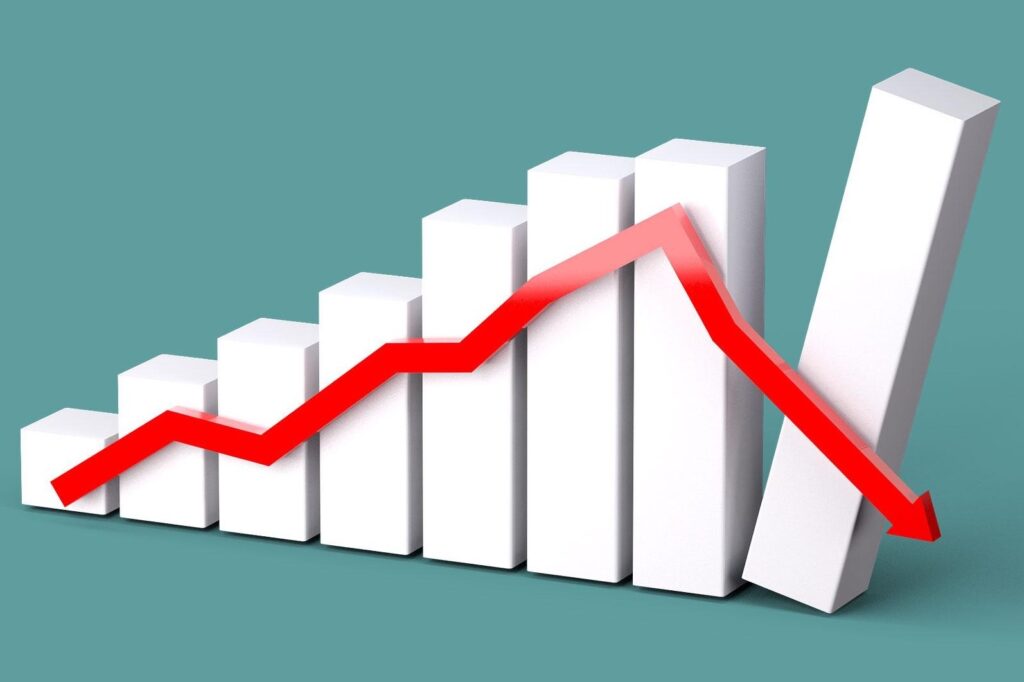“Good investors gather information, put that information into current and historical context, then make sound decisions.”

In the past six weeks U.S. equity markets have dropped into a moderate correction. It started on February 20th with a pullback the day after the S&P 500 Index (SPX) had closed at its all-time record high of 6147.43. Three weeks later, the SPX had declined by -10.5%. The decline included five sharp algo-trading enhanced days. Over the following week and a half the SPX rallied back +5.2%, including two positive algo-trading days. But last week the SPX fell sharply once again, pulling back by -3.7%. This leaves the SPX in a short-term downtrend, and an intermediate-term trading range with broken support. Meanwhile, all major U.S. and international equity markets remain in a long-term uptrend that started in October of 2022.
International equity markets, especially European equities, are having a different experience. While U.S. markets started to pull back in February, international markets continued to punch higher. The S&P Europe 350 Index gained +5.56% in the same time that the SPX declined by -10.5%. This marks a clear departure from U.S. equity markets, which have been leading European markets for years. For the month of March, the MSCI Europe Index is up +1.37% compared to the SPX down -6.16%. Year-to-date, the MSCI Europe Index is up +12.33% while the SPX is down -4.81%. The broader MSCI EAFE Index is up +1.69% MTD and up +9.11% YTD. The MSCI Emerging Markets Index is up +2.40% MTD and up +4.73% MTD.
Bond markets have behaved as prescribed during the moderate correction, acting as a buffer to the high volatility. They have been receiving a good deal of press in 2025 as the Federal Reserve continues to focus on inflation rates. In addition to bonds offering income opportunities, they serve an even more important role in portfolio construction. Bonds can function as a comparative safe haven to the inherent higher volatility of equities, serving as a sort of shock absorber. By ‘easing the ride’ over rough markets, bonds can allow professional investors to more easily remain invested in equity positions that might have otherwise been ‘jostled off the wagon.’ The Bloomberg U.S. Aggregate Bond Index is off -0.19% MTD and up +2.54% YTD.
One of the characteristics of a moderate correction is the relative ‘equality’ of the declines across market capitalization. For example, the large cap S&P 500 Index is down -6.16% MTD, the S&P 400 MidCap Index is down -5.65% MTD, and the S&P 600 Small Cap Index is down -6.60% MTD. Two other comparative indexes are the Russell 1000 (large-mid cap) Index, down -6.26% MTD, and the Russell 2000 (small cap) Index, down -6.33% MTD. This shows that the selling was across the board, not cap-weight specific. Additionally, this type of selling does not show signs of market rotation, which can indicate that the leadership before the correction will return to the lead when the correction runs its course.
Since 1950, on average, the SPX has experienced one moderate correction and two mild corrections per year. Accordingly, professional investors are generally stone-cold on corrections, because it’s just part of how we make money. Since we are still operating within the context of a long-term Bull Market, any correction represents an opportunity to regroup, reset, and refocus. Corrections are part of the fabric of investing and historically have set the stage for continued rallies. Mild corrections only create mild opportunities which may require few adjustments if any. Moderate corrections, on the other hand, open up additional opportunities. These include vulnerability testing, tax-loss harvesting, and additional purchasing at the reduced prices.
Last month we were looking at a mild correction of -5%, which evolved into a moderate correction of -10%. When it will wrap up, or whether it will develop into a more severe correction, remains to be seen. Certainly makes you want to peek aheada month or so, doesn’t it? And thus is the wonder of investing.
Edward D. Foy, Manager, SELECTOR® Money Management, Chief Investment Officer, Foy Financial Services, Inc.
© 2025 Edward D. Foy. ed@foyfinancial.com, www.foyfinancial.com.
Sources: StockCharts, Morningstar, Stock Trader’s Almanac.